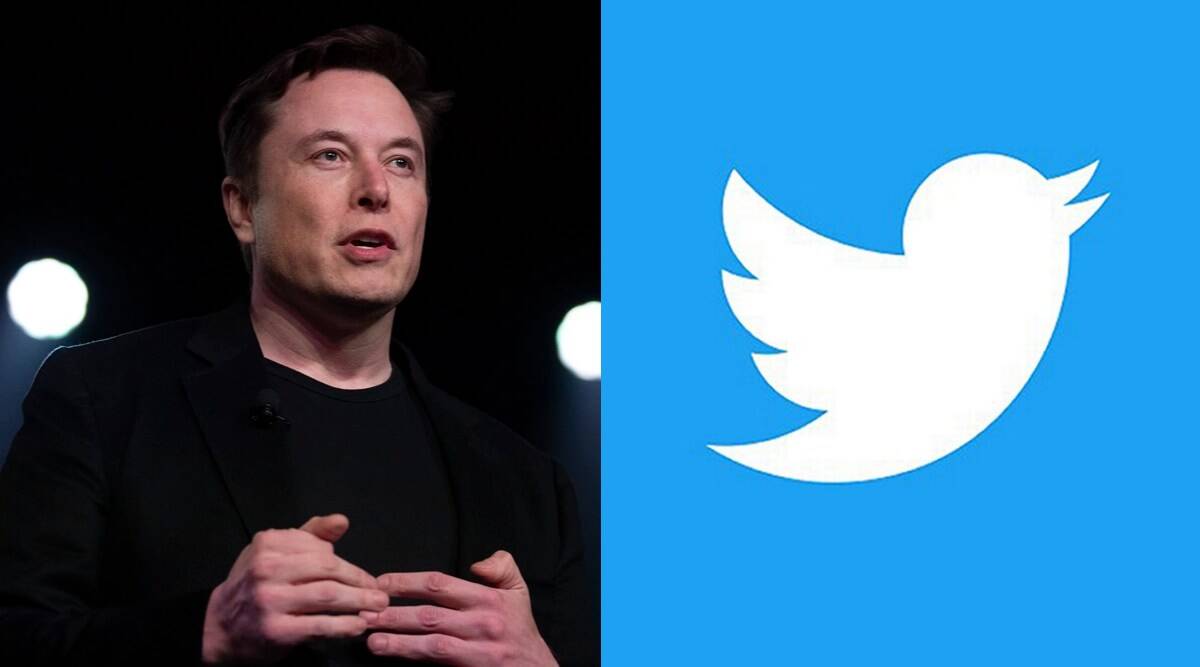I’m not the sort of person who gets worked up about operating systems. To me they’re the zeros and ones that transform a pile of components into a working computer. But to some operating systems are something to get all hot and bothered over.
Regular readers will know that a few years ago I made the transition from Windows to OS X for my workhorse systems, a move that to this day I don’t regret, but that doesn’t mean that I don’t regularly make use of Windows. Why wouldn’t I? I have over two decades of experience with the platform. And when it comes to Windows 10, I think that after four months of maturation following general availability, this is Microsoft’s best operating system release to date.

But Windows 10 is also facing a level of challenge unlike any before. While some of it is down to genuine concerns, most stem from media hype, lies, rampant fanboyism, or a gross misunderstanding of how tech works. While I don’t care about your beliefs either way, I do care about misinformation. And the amount of Windows 10 misinformation being spread is staggering, and almost daily I find myself being exposed to, or dragged into, conversations about Windows 10 that have little or no basis in reality.
What I’m going to do here is try to address some of the misinformation that I’ve come across voiced by the Windows 10 critics – which, because of the time of year I’m going to refer to as “Grinches” – which, for whatever reason, seem determined to fabricate and spread nonsense.
If you’re fervently anti-Windows 10 then I don’t expect to or want to change your mind (I honestly don’t care what OS you choose to use), but if you’re sitting on the upgrade fence because you’ve heard bad things about Windows 10 and are not sure what to believe, my hope is to inject some clarity (and sanity) into the debate.
I’m going to address four of the most commonly voiced concerns, and I’m going to start with what seems to be the hottest topic – privacy.
PRIVACY
The Grinches say: “Microsoft is spying on Windows 10 users!”
I’m going to say this in the clearest and most concise way I can – Microsoft is NOT spying on Windows 10 users. Period.
I’ve come to this conclusion independently by examining the sort of data Microsoft is collecting, reading through the extensive privacy documentation that Microsoft has produced, and even doing some “digging for dirt.” Despite all that, I could not find a single shred of evidence to suggest that there’s any spying going on. And as far as I’m aware of, no one else has any evidence either.
And those who accuse Microsoft of spying have also not been able to produce any evidence. Their “evidence” consists of misunderstandings, half-truths, and outright fabrications. It’s the sort of “proof” that would feel perfectly at home in a late night documentary about UFOs or Bigfoot.
Yes, it’s true that Windows 10 collects and sends a lot of data to Microsoft, ranging from recordings of your voice when you talk to Cortana, to crash data when the wheels fall off your PC, but this data collection happens in order to make things work or to help things work better in the future, not because you’re being spied on.
And you can turn off most of this off if you feel so inclined.
While it’s true that the collection of telemetry data that’s collected cannot be turned off (at least not by the average user, enterprise users do have that option), there’s nothing underhanded going on. In fact, Microsoft’s been doing this since the days of Windows XP.
The data transmission and collection that’s happening in Windows 10 is not unique to the platform, and is, in fact, normal and is something that’s built into most modern operating systems.
If you really don’t like it, then I’m sure there’s a Linux distro for you somewhere.
While I can say without a doubt that Microsoft is NOT spying on Windows 10 users, I will admit that it has handed ammunition to its critics. Scattering privacy settings all over the operating system, and not giving users a way to opt-out of data collection are decisions that, in my opinion, haven’t helped facilitate transparency and build trust. It’s the tiny bit of fact that the Grinches use to say that “there must be something going on.”
There isn’t.
STABILITY
The Grinches say “Windows 10 is unstable!”
Now four months ago I would have agreed with anyone who voiced concerns about stability. In my experience – and judging by what users were telling me, and horror stories I was coming across on the forums – things were rocky despite a long public beta phase. But these days betas seem to be more about marketing and building up hype than bug fixing, and products have to be released according to a schedule (something that’s equally true of Apple’s iOS and OS X), so there’s always going to be teething troubles.
But four months on and Windows 10 feels like completely different. Not only has the operating system improved thanks to updates (the November update in particular made a huge difference), but so have drivers and third-party software (which make a huge difference to stability).
Some of these fixes and improvements will be down to the telemetry that Microsoft collects from crashing Windows 10 machines.
In my experience most of the problems that people have with Windows 10 come down to upgrading systems that were already suffering from complications.
FORCED UPDATES
The Grinches say: “Windows 10’s forced update policy is dangerous!”
While it is possible that a misconfigured update can bring a system to its knees, I’ve seen far more systems trashed by users who didn’t update their operating system and then got hit by malware.
There’s always a small risk associated with any update, whether that be an operating system update, an update for a software package, or updates for antivirus or other security apps. No matter how much care the software maker takes, duff updates do occasionally slip out into the wild. Is this a valid reason to not keep Windows updated?
No.
The bottom line is that rapid patching is the single best way to keep a system secure whether it’s Windows, OS X, Linux, iOS or Android. To recommend that users indefinitely delay installing updates is irresponsible and down right dangerous.
PERFORMANCE
The Grinches say: “Windows 10’s is a performance pig, especially on older systems!”
On the wide variety of test systems I’ve installed Windows 10 onto over at the PC Doc HQ, I’ve not noticed anything that scared me. In fact, most systems felt snappier. The before/after benchmark tests I’ve done on systems suggest that upgrading a Windows 7/8.1 system to Windows 10 has a negligible effect on system speed.
On the few systems that did feel a little more sluggish, OS and driver updates seem to have brought back any previously lost performance.
THE BOTTOM LINE
Windows 10 is a good operating system. For the average user it brings with it improved security, and if they’re already running Windows 8.1 then it doesn’t offer much in the way of a learning curve. For Windows 7 users it’s a nice refresh and an opportunity to blow out those cobwebs and give an old system a new lease of life.
If the Windows 10 compatibility checker gives you the all clear to upgrade a system, I don’t see a valid reason to delay any more. Make a backup, pull the trigger on the installation and go see for yourself. If you like what you end up with then great, if you don’t then roll back to your old installation and get on with life. Simple.
If you’re a diehard Windows 7 or Windows 8.1 faithful then just stick with what you’ve got. Support-wise you’re good until January 2020 and January 2023 respectively, which gives you plenty of time to find the perfect Linux distro to upgrade to.
[“source-theguardian”]
[“source-zdnet”]




